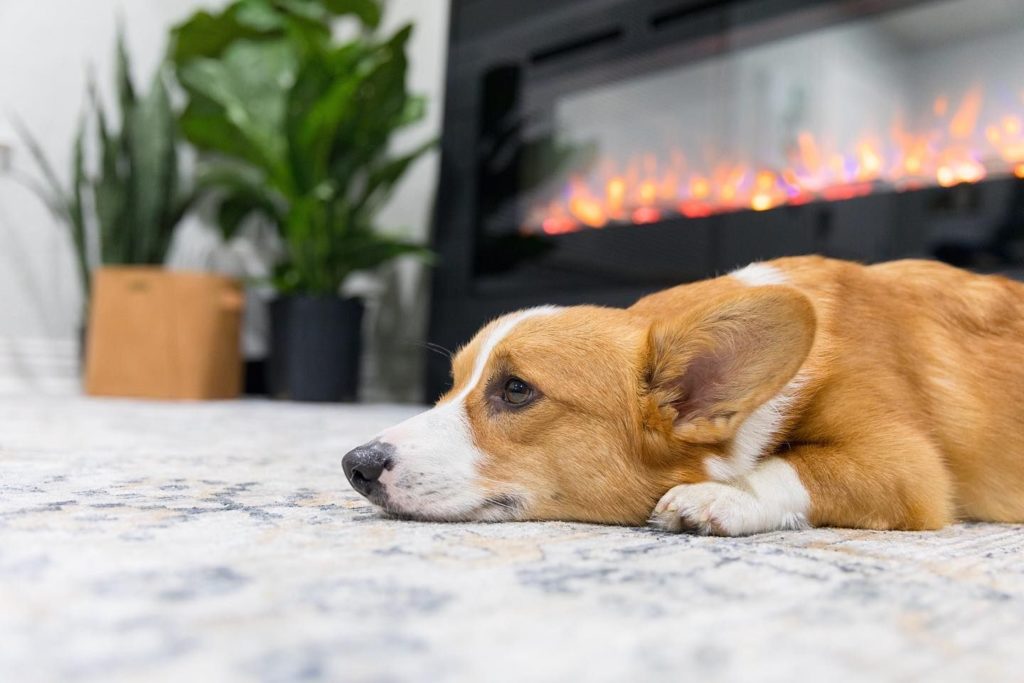
Purchasing a new home, selling your old one, packing all of your belongings into boxes – these are some of the most stressful things you can do, and if you’re doing all three at once chances are your stress levels are running quite high. But you’re not the only one affected by these changes! Pets can also become stressed out during a move, which can cause them all kinds of problems, from a loss of both appetite and fur, to bouts of aggression, and can even lead to them running away. Luckily, there are a few tactics you can use to help reduce your pet’s anxiety before, during, and after your move.
Plan Ahead
The best thing you can do for your furry friend is plan their part of the moving process well in advance to hopefully avoid as many surprises and inconveniences as possible. We suggest making a checklist of all the things you need to do to insure an easy transition for your pet. Items you should include on the list include verifying your pet is microchipped with all contact information up to date, researching veterinarians in your new town and purchasing calming medications for your pet’s travel. If you will be using a crate or carrier during this travel, make sure your pet is used to spending time in it. In the weeks leading up to your big move, give them some of their meals and/or treats in the carrier so that they associate it with something pleasant.
Gather Important Documents
Grab a large envelope or file folder and compile any and all documents you have related to your pet. The location where you are moving may have different rules for owning and registering a pet, so having all of your documentation together will help you later when you are sorting these things out. Documents you may need include prior vaccination records and health certificates, rabies tags (if they’re not already on your pet’s collar), contact info for your current veterinarian, along with a list of recommendations for a new veterinarian near where you will be relocating.
Medication, Food, and Toys
You can’t exactly pack your pet’s medication, food and toys ahead of time, but you can go ahead and keep a box to the side where all of these things will go, and label it so you know exactly what you need to remember to put in it when you are doing final day packing. This is the box that will travel with your pet, in whatever method you will be moving them. Be sure to have more food and medicine on hand than you should need in case of emergencies, and keep everything within easy reach in case your pet has issues while travelling. Make sure you also have access to fresh water during the day of your travel.
Update Your Pet’s ID
Go ahead and have a new ID tag made for your pet showing your new home address, and phone number as well if that will be changing. Replace the tag on moving day to make sure that your pet will be able to find its way back to you in the unlikely event that the two of you become separated. Hopefully this will never be an issue for you, but it’s always better to be safe than sorry! If your pet is not accustomed to wearing a collar or harness, start having them wear one around the house in the weeks leading up to the move so that they are use to the feeling.
Keep Your Pet Comfortable on Moving Day
Keep your pet safe on moving day by closing them up in a room away from the excitement, and away from escape routes. Your doors will be propped open for much of the day and you don’t want your dog or cat bolting out the open door during the chaos of loading the moving truck. If you are travelling a great distance and an overnight hotel stay will be part of your move, make sure you have booked a room at a hotel friendly facility in advance of your move. And be prepared to make numerous stops along the way, for fresh water and bathroom breaks for your pet.
Remember, your pets are likely very attached to your home, so a large move can be stressful for them. With proper planning ahead of time, you can make their experience much easier.

